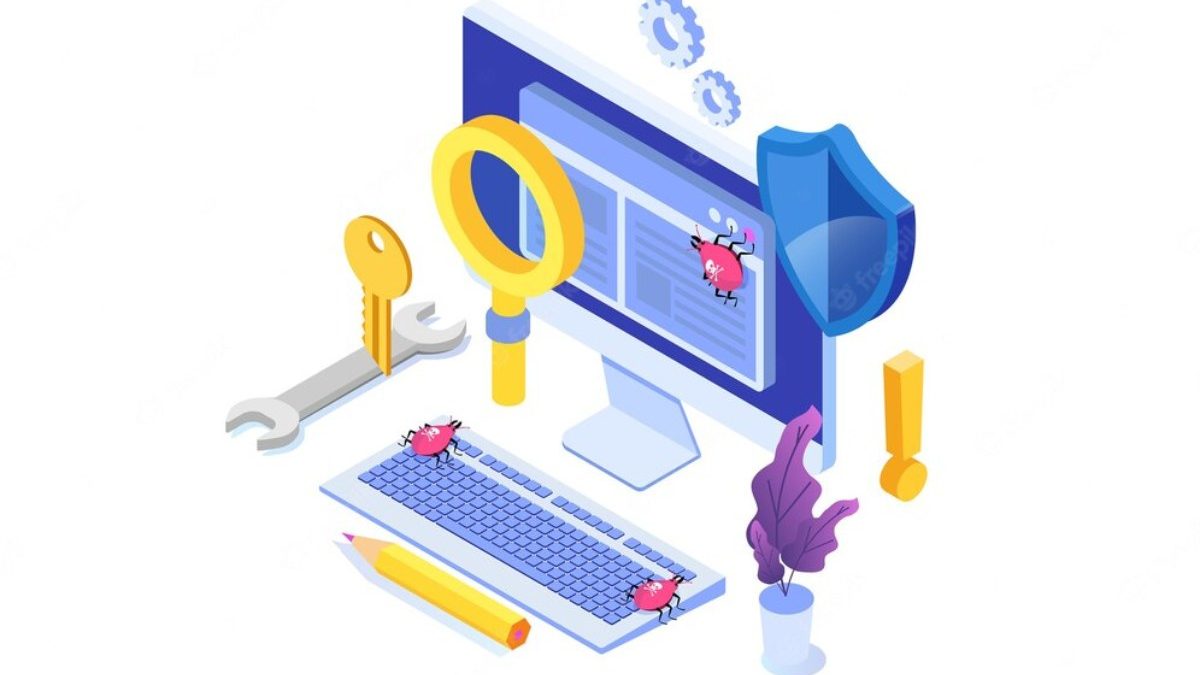API Tester: Application programming interfaces, commonly known as APIs (Application Programming Interfaces), are a set of commands, functions, and protocols that allow communication between software.
For example, when a developer is working on an application or on an online store’s website, they do not need to create the payment and stock control system from scratch, as this would take too much time. Instead, you may be able to connect the system to a third-party API that performs such a stock control and payment system function.
Table of Contents
What is API Testing?
We have already seen enough theory about APIs. Now the tester’s role comes into play to explain in detail what the central topic of this post consists of API tests.
API Tester is a kind of software testing that is within the types of integration tests.
API Testing does validate and verify that the functionalities respond correctly, which is why it is considered a type of low-level test. That is, it does not interact directly with the user interface.
In the event that we are testing a REST API when we interact with Web Services via HTTP, how do we know that the results are correct? Basically, by the responses of the status codes when they query information to the API.
The flow consists of sending the input data, the REST API processes it, and the output is obtained as a result with the following response codes:
- Codes 200: when they are successful responses
- Codes 300: when they are redirecting messages
- 400 codes: when they are client errors
- 500 codes: when there are problems with the server
To summarize, why API tester? What are the benefits of trying this? Let’s see its main advantages below.
Benefits of API Testing
Promotes Shift Left Testing
It is not necessary to have a completely finished product to start testing, and it is enough to have a connection to the APIs to test its functionalities.
Easy maintenance
Being simpler than UI testing, the ideal is to have robust API tests so that UI testing is only preventative.
We know UI tests are ever-changing and must constantly be rewritten and maintained. On the other hand, with API tests, it is infrequent that changes occur, and in the event that there is a change, it is easier to control it.
Higher execution speed
Did you know that it is possible to test 300 API tests in about three minutes? That means there is more time to fix and more time to try.
Error reduction
By being testing and correcting in an intermediate layer, they will improve the results of the tests in general.
Job integration
As testers, when testing an API, you will need a lot of support from the development team, and therefore, you will be able to know the most technical part of the project.
API Test Types
In the APIs, we can not only run functional tests, but it is also possible to run other types of tests that will be useful to enhance the quality of the tests. Next, I will comment on some of them. It is key to keep in mind that the type of test we will use will always depend on the type of API we are testing.
Functional testing
In this type of test, we will validate the API’s functionalities. For example, when having a REST API, the status codes are first validated to know that the API is available. It is also possible to validate the operations depending on the test cases. However, relying on user interface tests is not always advisable, so performing one or another flow at the API level allows for validating correct operation.
Security tests
For these tests, it is possible to test the authentication, if it uses some type of key or token, verify that not just anyone can use the API, and verify if sensitive data is encrypted, among other aspects. The above is the most basic thing to check for security.
If we want to be a bit more exhaustive and have a kind of security checklist, we can apply OWASP’s Top 10 API Security. It is recommended that these criteria be applied in conjunction with the development or security area, as they are much more technical tests.
Test of performance
At this point, different types of performance tests appear, such as load tests, stress tests, scalability tests, volume tests, etc. These tests serve to validate the user load and that the API can correctly respond to said load.
Integration testing
To validate the integration, we can do it by verifying the integration with other APIs integrated into the same project.
Documentation
Documentation is very important when testing; we can’t start testing APIs if we don’t have documentation associated with it. Documentation is a significant saving of time and effort for both the tester and the developer.
Related posts
Recent Posts
The Top 10 Electronics Stores Near Me Scottsdale, Arizona, United States
The Top 10 Electronics Stores Near Me Scottsdale, Arizona, United States – Do you live in Scottsdale? Or have you moved…
The Impact of Modern Technology on Sports Betting
Understanding the Role of Modern Technology in Revolutionizing Sports Betting Technology has significantly transformed the landscape of sports betting in…



